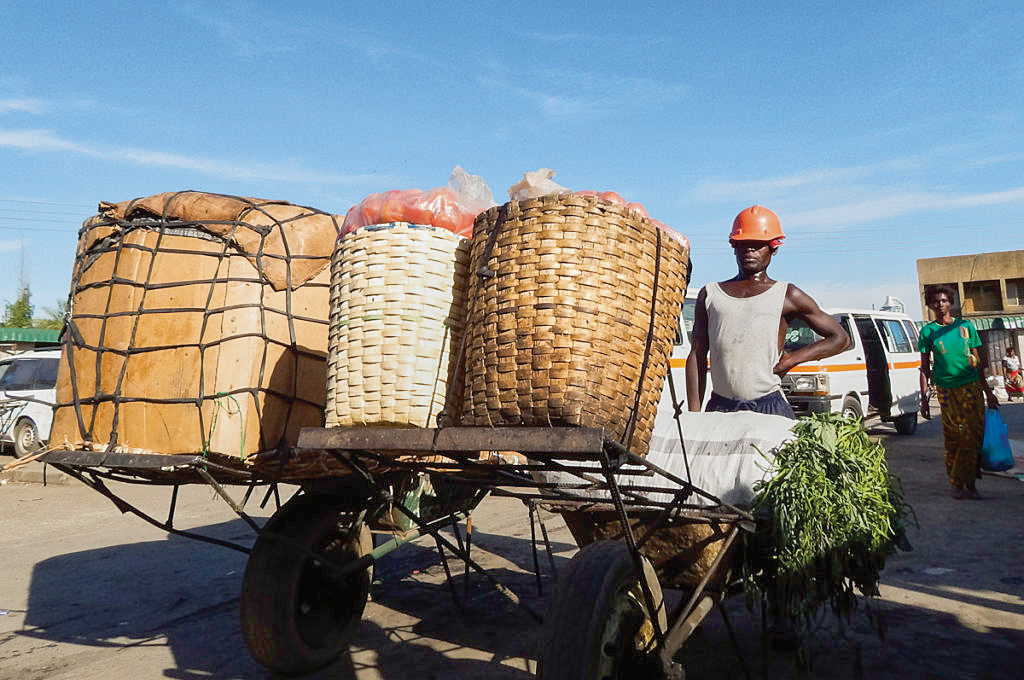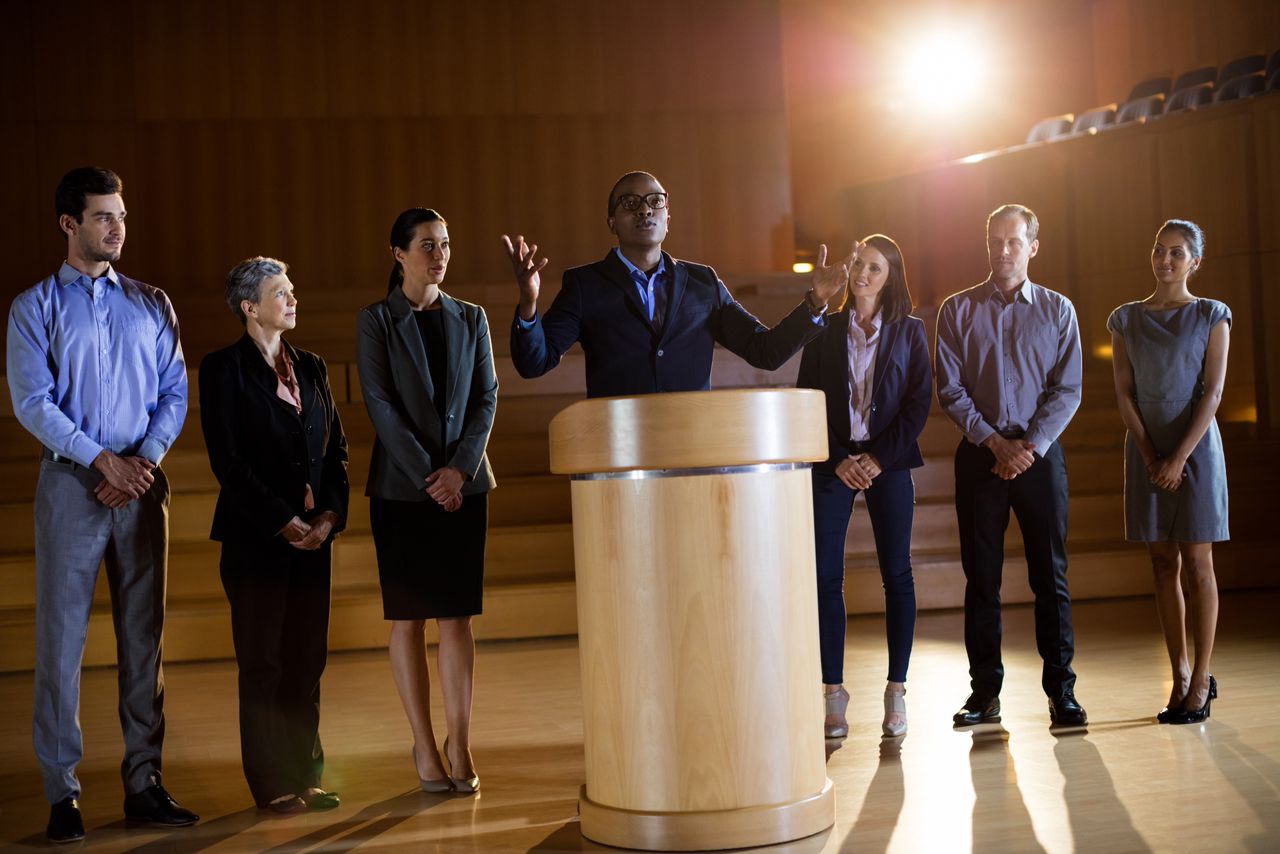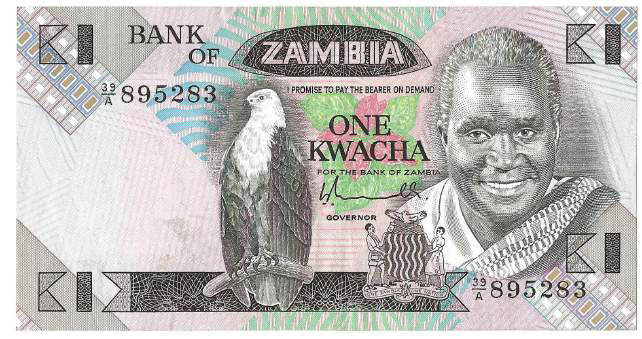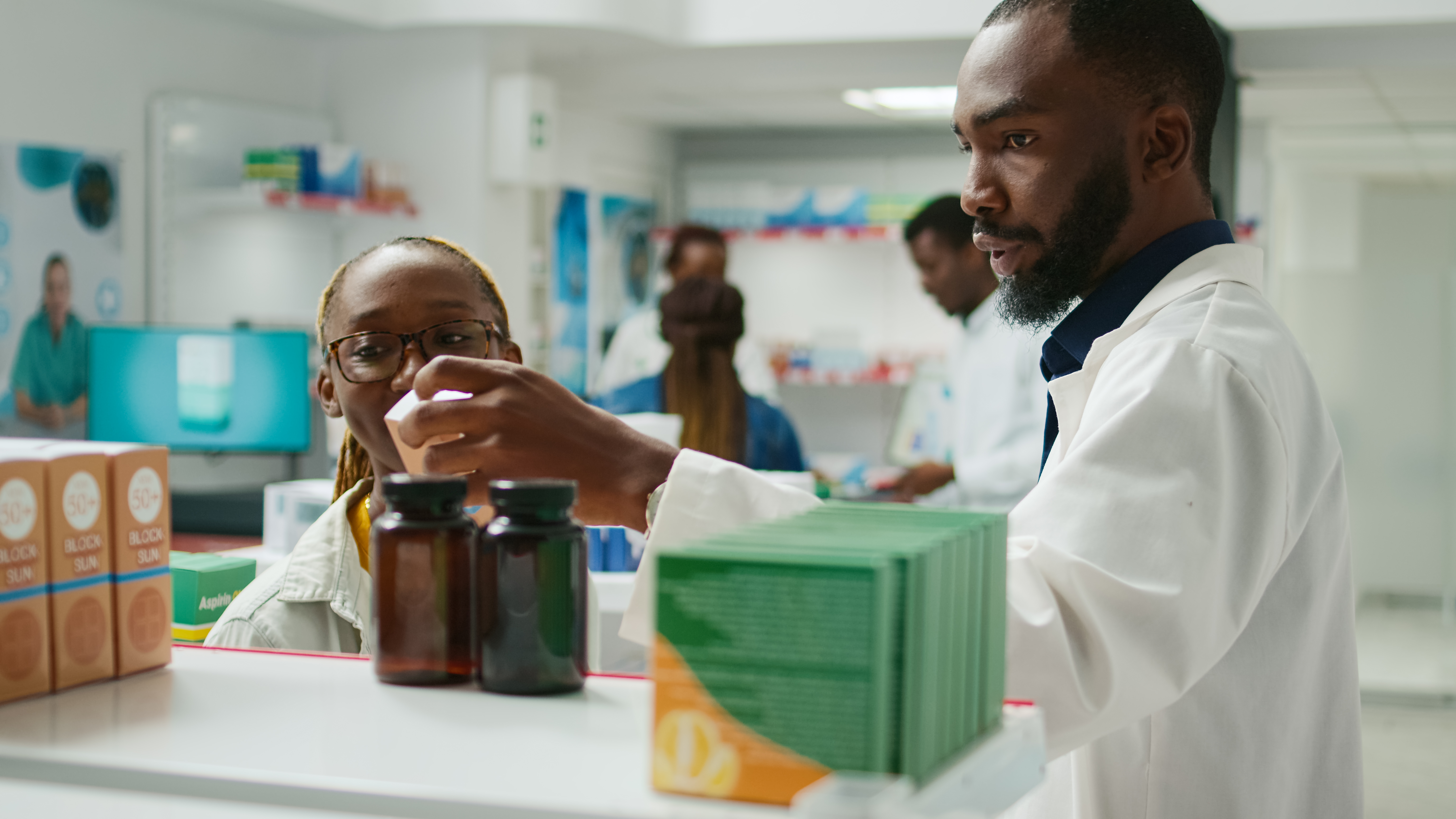Every year, the national budget is announced, and most of us scroll past, thinking it's only for politicians and economists. However, the reality is that the budget affects everything. This article breaks down Zambia's K253.1 billion 2026 budget—with its theme of economic consolidation and social gains—into simple, actionable insights.
Every year, the Minister of Finance presents the national budget, accompanied by a gold briefcase adorned with Zambia’s national colours: red, black, and green. The news of the budget presentation is probably something most people hear in passing. Maybe on the radio, on their way to work, or from colleagues who are always on top of current affairs. Most people scroll past it, assuming it’s for economists or ambitious politicians. However, the reality is that the budget affects everything: from groceries to fuel prices. Understanding it helps plan life, work, and savings.
Zambia's 2026 National Budget
Zambia’s 2026 national budget is K253.1 billion, themed "Consolidating Economic and Social Gains." Simply put, the government aims for economic growth while limiting new debt. The government has set goals of reaching 6.4% GDP growth, 6-8% inflation, and 2.1% fiscal deficit. Most revenue will be local, not borrowed. Borrowing less is a bold economic move. It’s like growing a family business while paying off debt. Aim for growth, but spend wisely. The government wants stability for jobs, prices, and services.
Why Education Got the Largest Share in Zambia's 2026 Budget
Education is getting roughly K33 billion, one of the largest shares. This money goes toward teacher recruitment, school infrastructure, and improved education services. For students, this could mean better and more classrooms, cleaner ablution blocks, more resources, and access to more learning materials. For teachers, it’s a sign of a healthier education environment and chances for recruitment. It’s important to note that such impactful change cannot happen overnight, and it requires patience. If you’re considering tutoring, training, or ed tech, this is one of the sectors currently seeing significant investment.
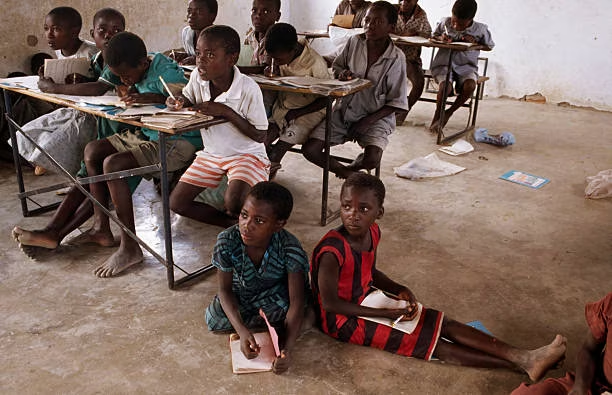
How the Health Sector Budget Affects Your Family's Care
The health sector is receiving about K26 billion, aimed at improving drug supply chains, staffing hospitals, and keeping clinics operational for patients and medical professionals. The hope is fewer stockouts and better support, though the real challenge is execution. If you’re paying for medical care or working in health services, this allocation matters because it shapes whether clinics are stocked, hospitals are staffed and clean, and treatment is accessible. It’s the kind of incentive that affects everyone, from a mom taking her child for immunisation to a young nurse trying to get shifts covered without burning out. The money is earmarked, but whether it translates to smoother daily experiences is up to implementation.

Social Protection: Safety Nets That Count
Around K15.7 billion is directed toward social protection, including cash transfers, pensions, and support for vulnerable households. For families relying on government support, it’s the difference between missing meals or paying bills on time. For retirees, it affects whether pensions arrive consistently. Social protection can feel invisible when it’s working, but when it’s absent, it’s painfully obvious. That’s why even small changes here can ripple across communities and households.
How Zambia's Infrastructure Budget Creates Jobs
K58.6 billion is earmarked for economic affairs, covering roads, energy, agriculture, and industrial support. For young entrepreneurs or small business owners, this is where opportunities show up. New roads mean easier transport for goods, energy projects could stabilise electricity for shops or tech hubs, and agricultural investment might reduce food price swings, making daily grocery shopping less of a gamble.
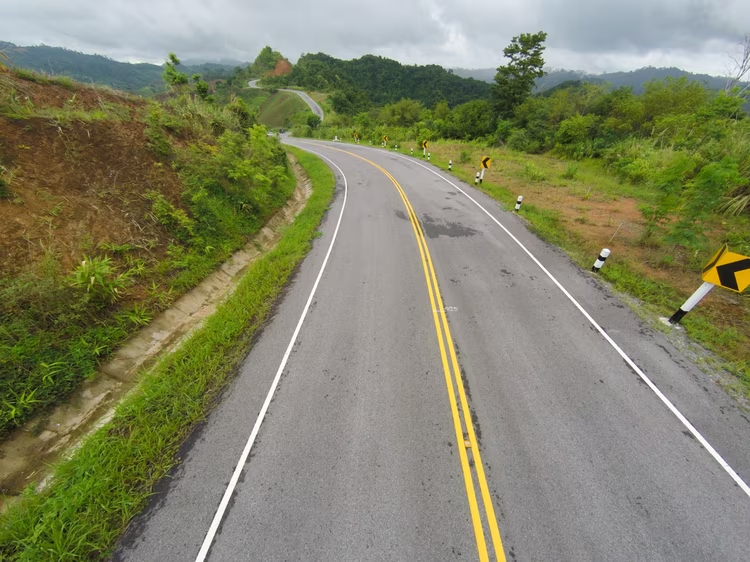
Debt Servicing and Government Operations
The largest chunk of about K92.6 billion goes to debt servicing and running government offices. This includes interest on loans and salaries for public servants. High debt payments limit how much can be spent on schools, hospitals, and infrastructure. But it also signals responsibility; the government wants to pay what it owes while avoiding excessive new borrowing. For us, this indirectly affects daily life: fewer subsidies or slower development projects if debt isn’t managed well. It’s the quiet factor that touches almost everything around you.
Key Changes in Zambia's 2026 Budget
Compared to last year, the 2026 budget is larger, but the changes are targeted. Education and health got more, agriculture got a boost after climate impacts, and there’s K1.2 billion for the upcoming 2026 elections. Domestic revenue collection is emphasised. That doesn’t necessarily mean higher taxes for households, but stricter enforcement, especially for businesses. Overall, the government is trying to grow within its means: less dependence on donors and loans, more focus on sustainability.

The 2026 Budget's Real-Life Impact
For students, the extra attention to education could translate into better resources or program support over time. Young professionals and entrepreneurs should focus on discipline: government contracts may be predictable, but they’re not lightning-fast. Planning cash flow and paying attention to sectors receiving heavy investment: health, education, agriculture, and infrastructure, could open doors.
For patients and health workers, the impact is tangible: more staff, better-stocked clinics, and smoother patient care. It’s not magic, but it’s progress you can actually see in daily life.
Taxes, Prices, and the Belt-Tightening Plan
No major new taxes, but enforcement of existing taxes will tighten. Subsidies on fuel and electricity are slowly reducing, nudging transport and production costs up slightly. Domestic borrowing is capped at 2.3% of GDP, signaling fiscal discipline. For Zambians, this could mean steadier prices and a more stable currency; small changes, but ones that make life a bit more predictable.
Factors That Will Make or Break Zambia's 2026 Budget
Some factors will determine how this budget feels in real life:
- Inflation: If it stays within 6–8%, daily expenses remain manageable; if it spikes, groceries, transport, and rent could take a hit.
- Rainfall and agriculture: Good rains stabilise food prices and hydroelectric power supply.
- Debt servicing: Keeping payments on track frees up resources for jobs, infrastructure, and public services.
How to Leverage the 2026 Budget for Growth
- Households: Build a small emergency fund—two to three weeks of essentials. Be ready for small price shifts.
- Small businesses: Keep records tidy, follow up on payments, and watch contracts in priority sectors.
- Students and job seekers: Focus on high-investment sectors: education, health, agriculture, and infrastructure. Even short-term roles here can open doors for long-term opportunities.
Zambia’s 2026 budget is intentional. The country wants to grow within its means, fund key services, and manage debt carefully. This is a year to pay attention. How the government allocates money shapes daily life, opportunities, and the stability of the economy.
Understanding where the money goes—schools, hospitals, roads, social support- lets you plan, pivot, and spot openings that might otherwise be invisible. The numbers may sound abstract, but they show up in your bus fare, your groceries, your Wi-Fi bill, and your first payslip. The national budget isn’t just something that happens to Zambia; it’s happening for and to you. Paying attention might just help you make the most of it.

